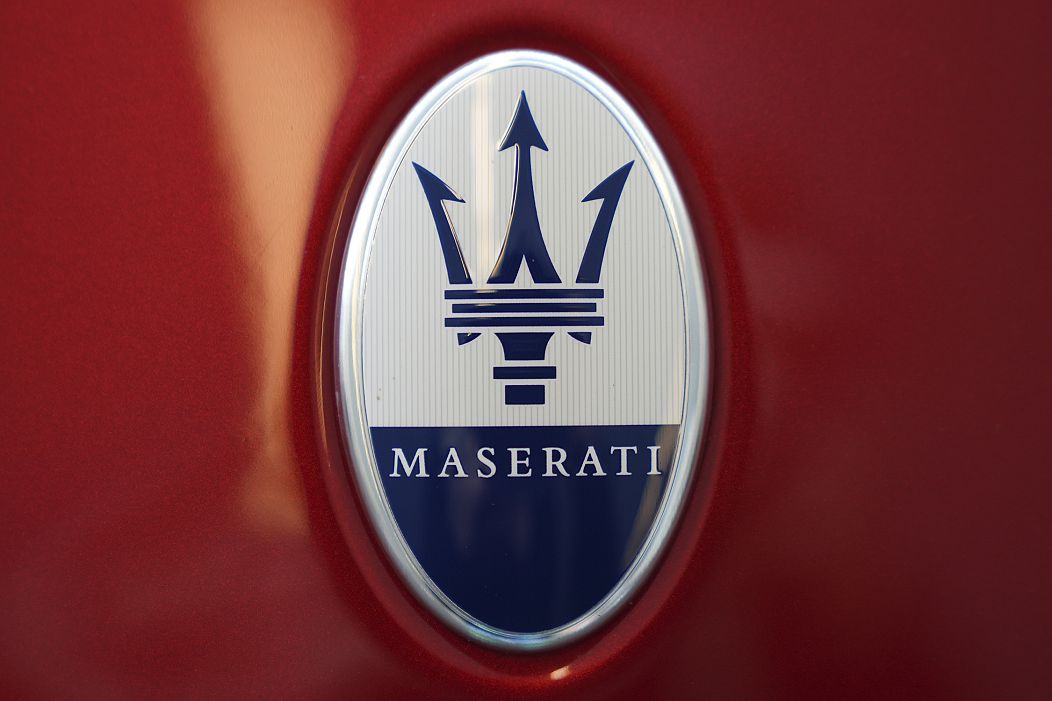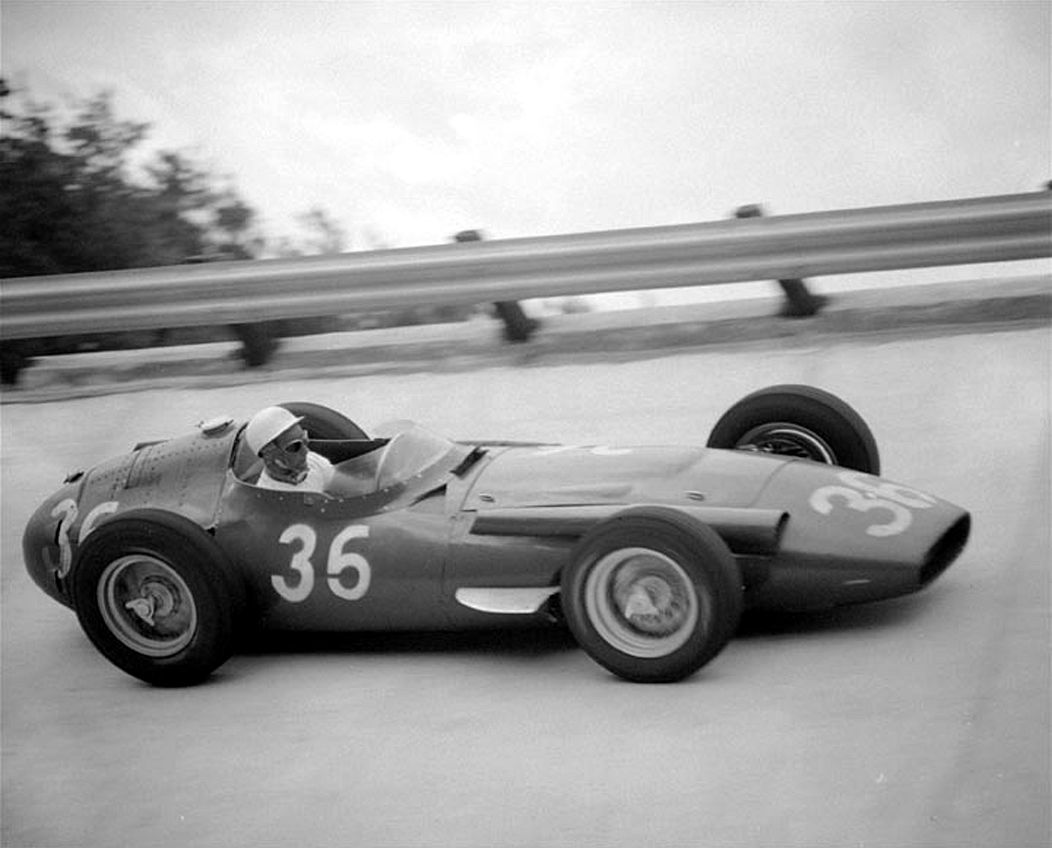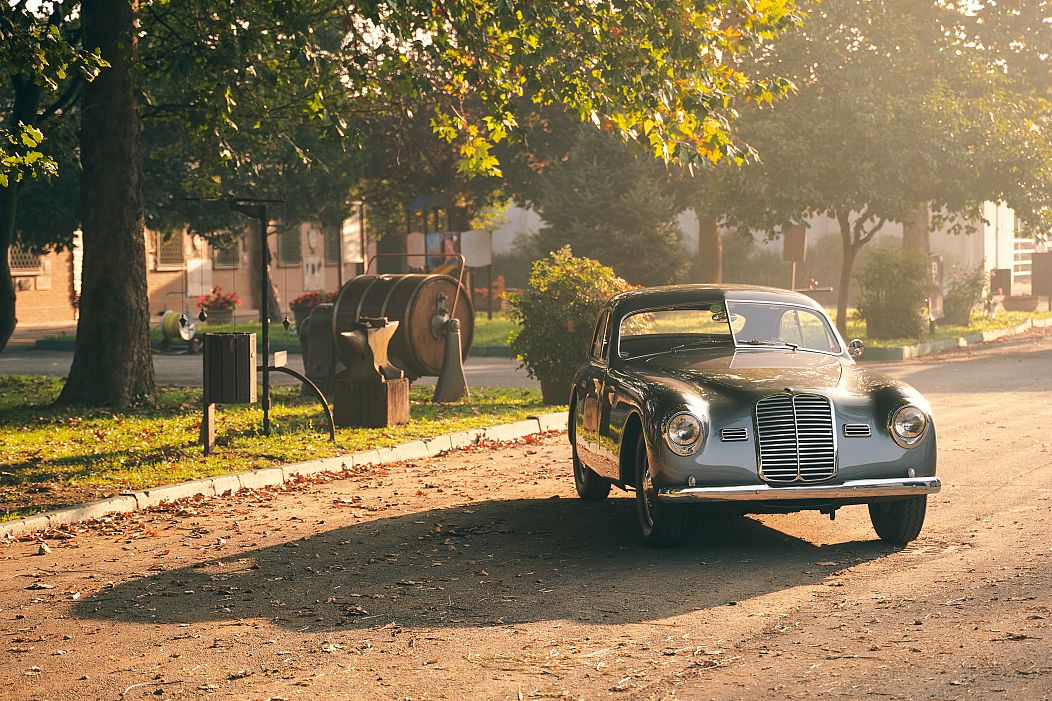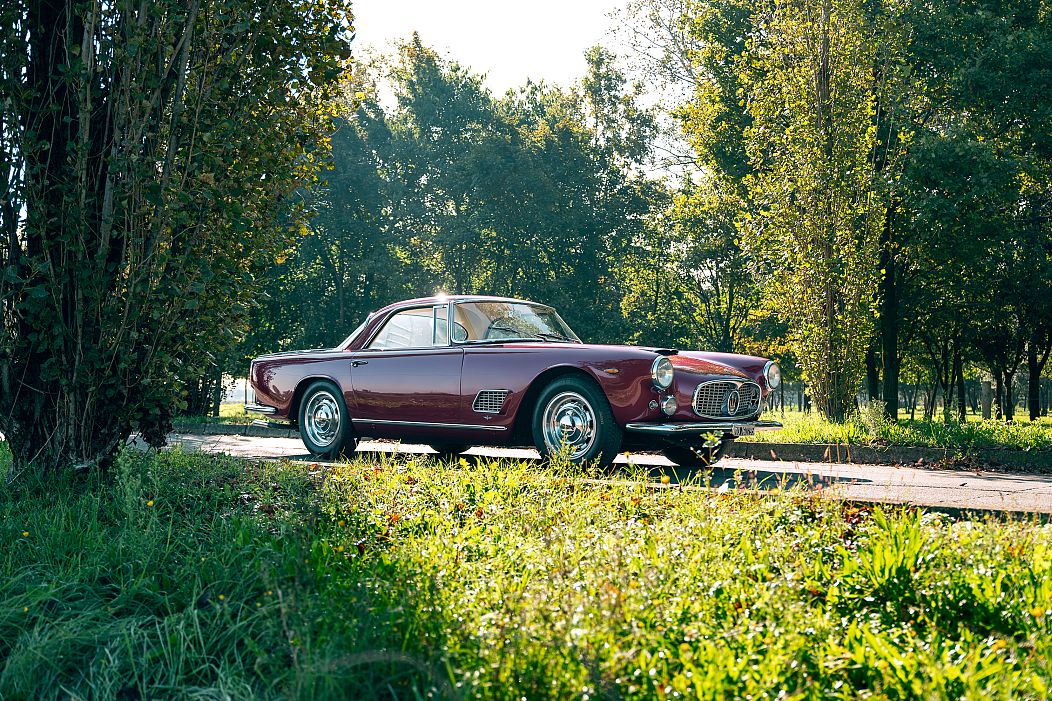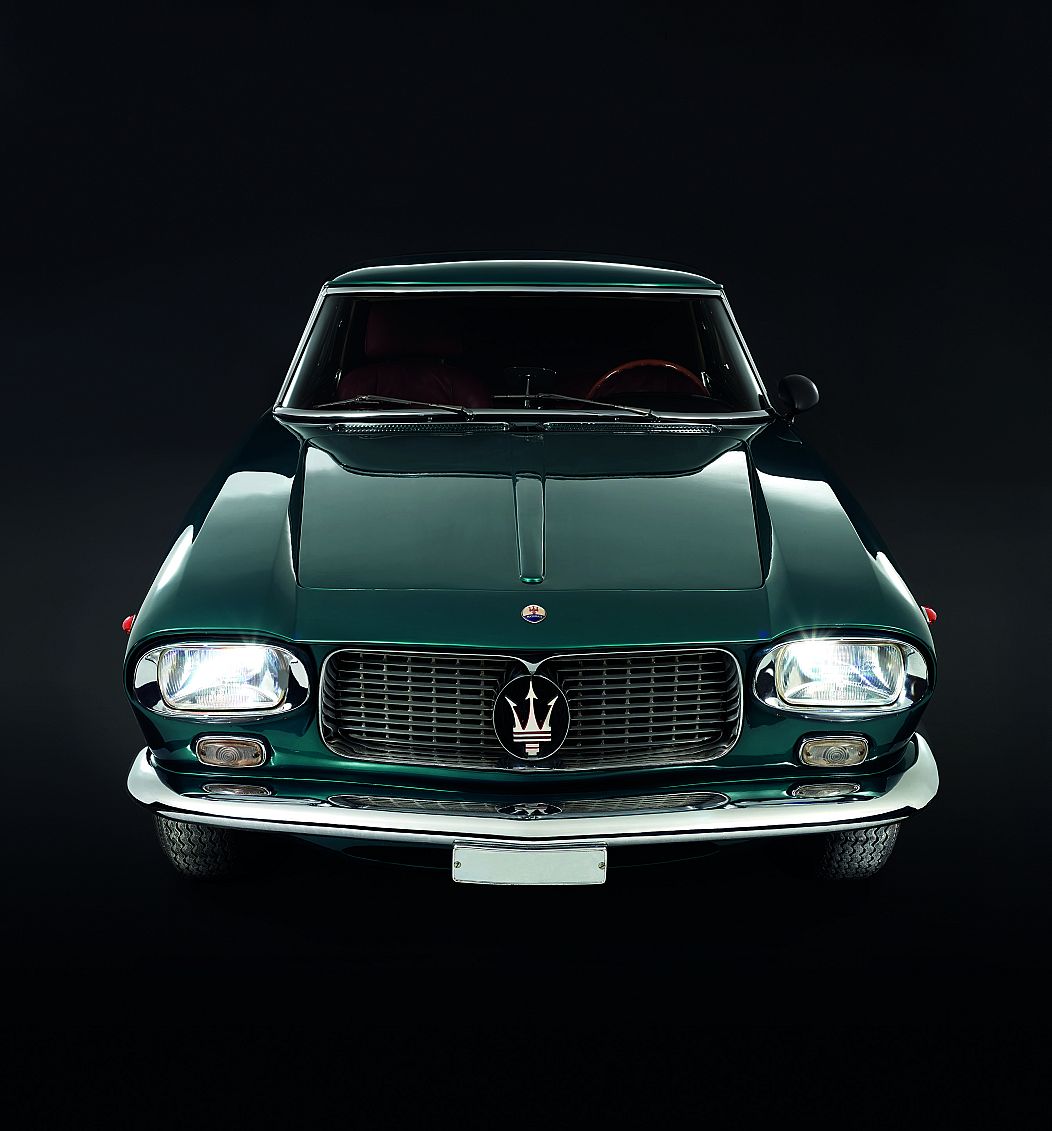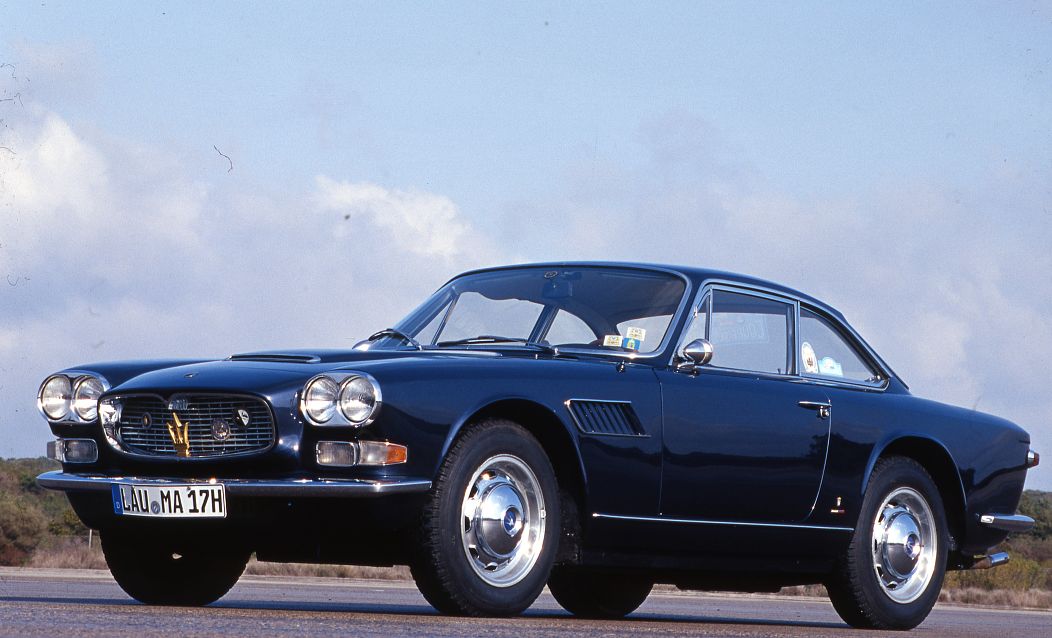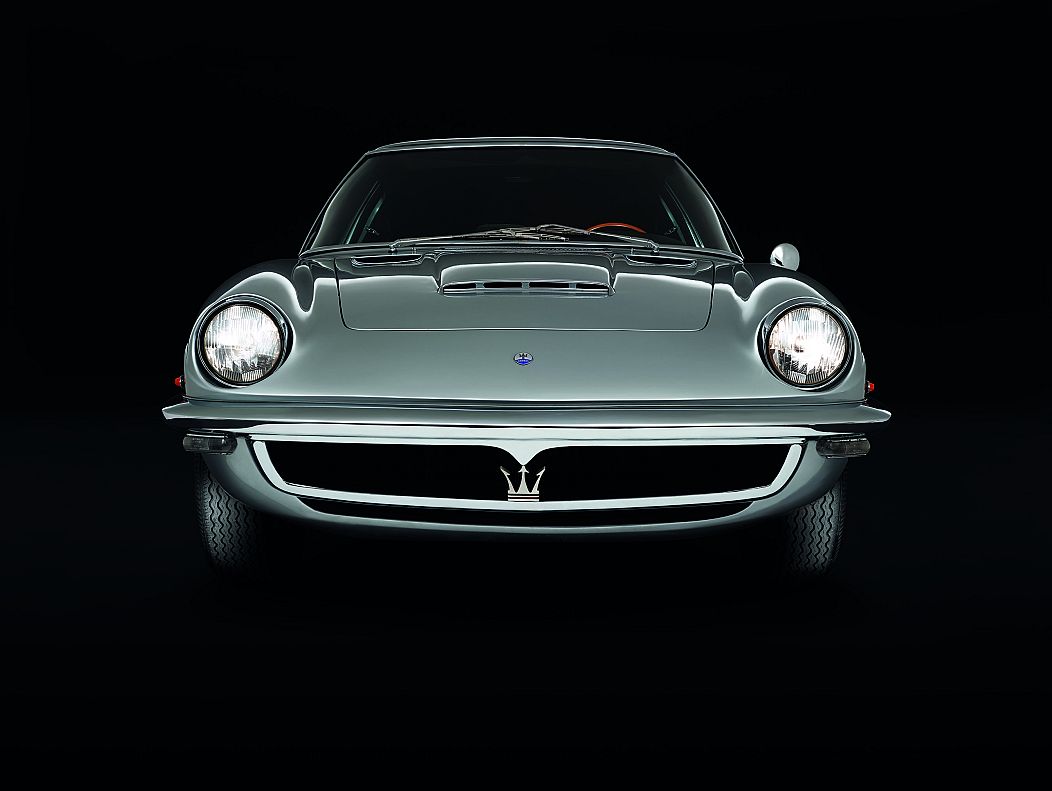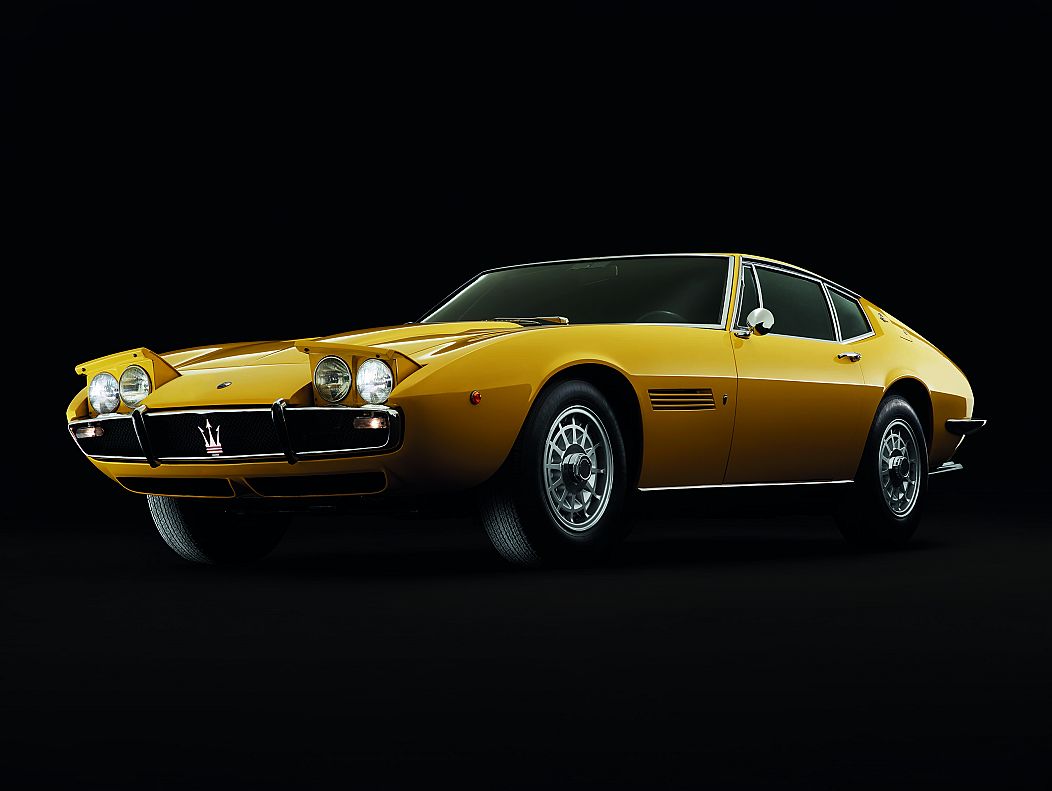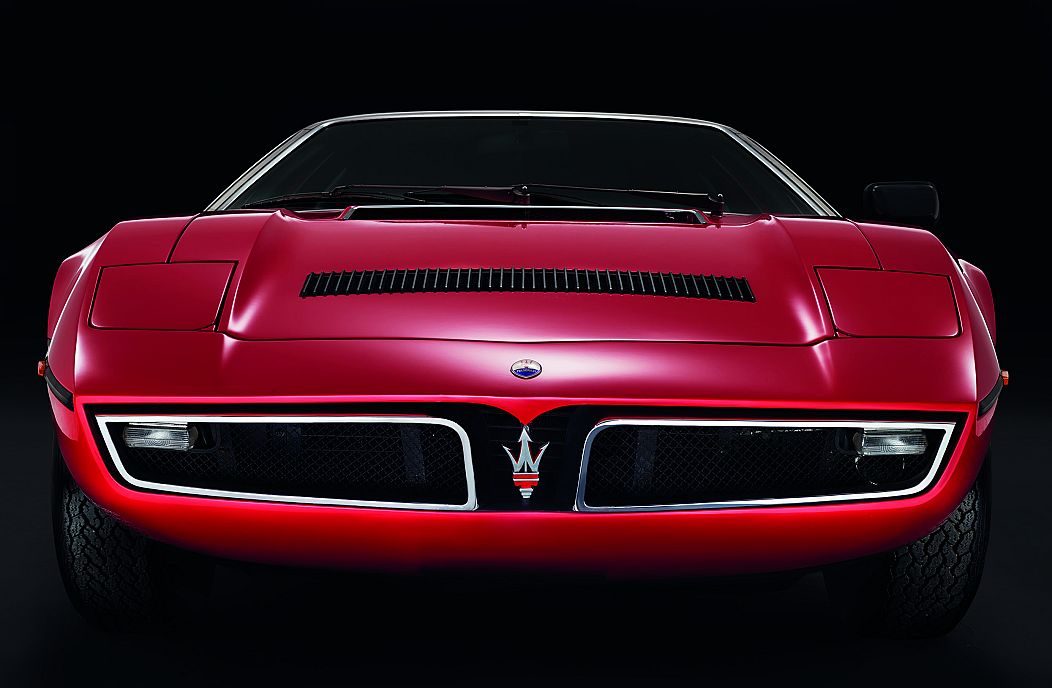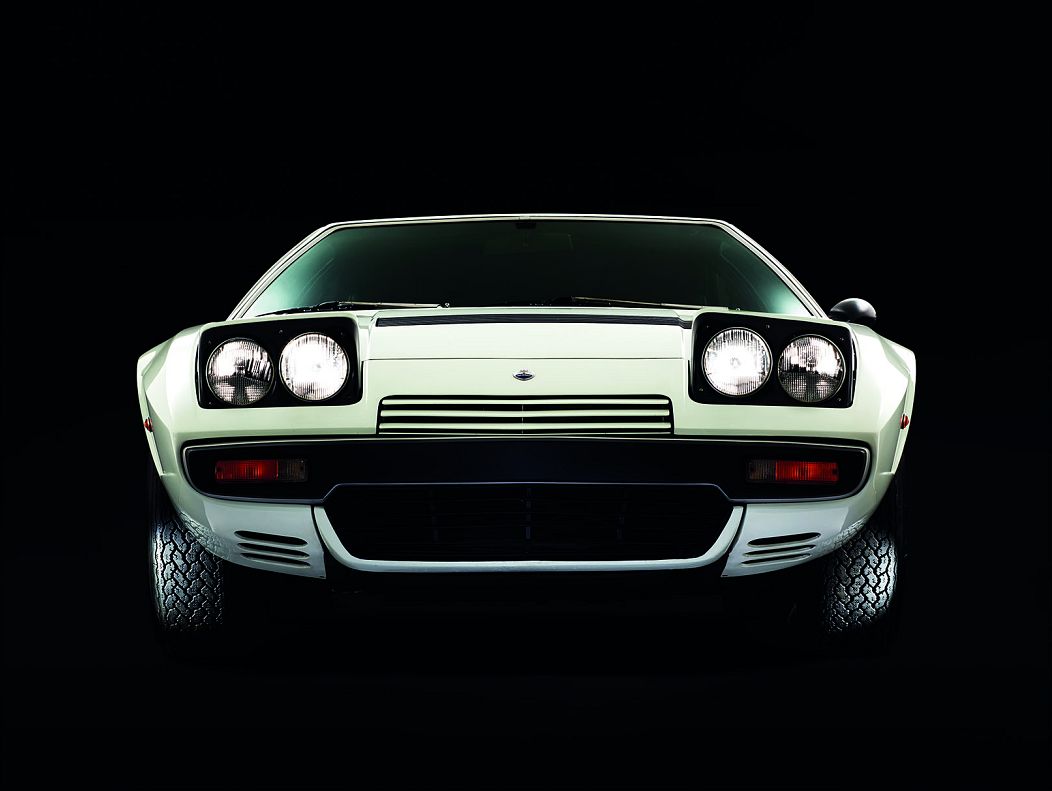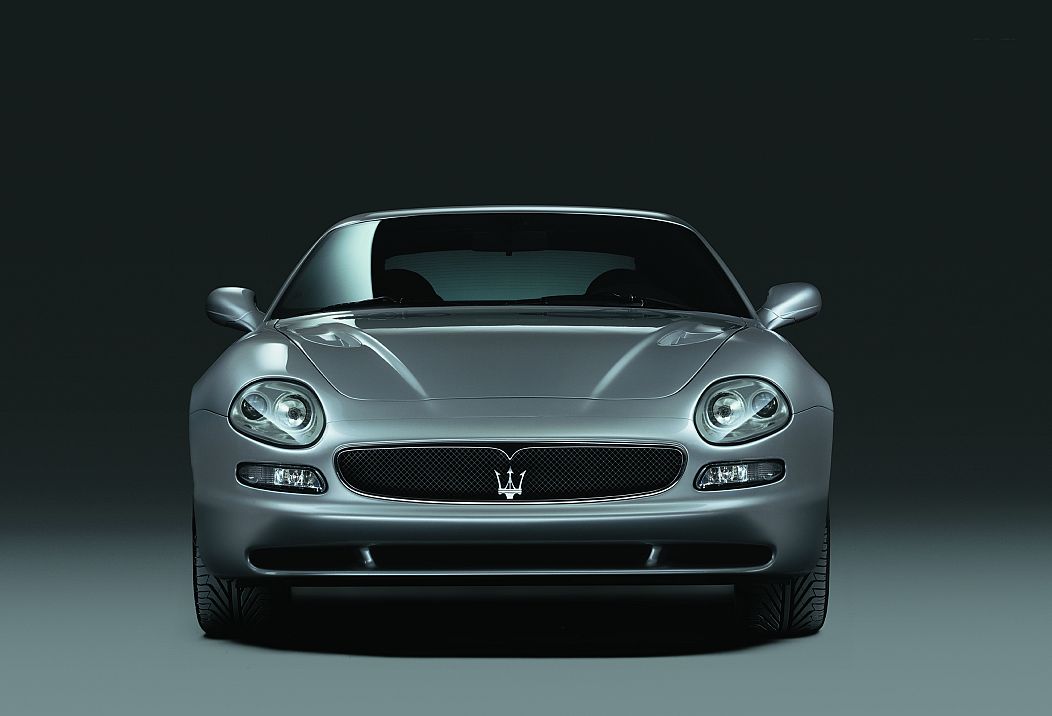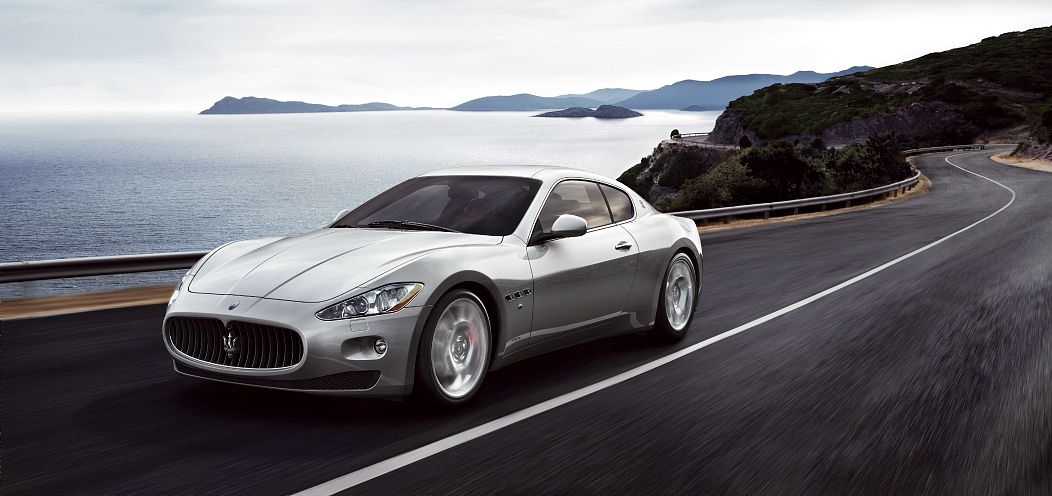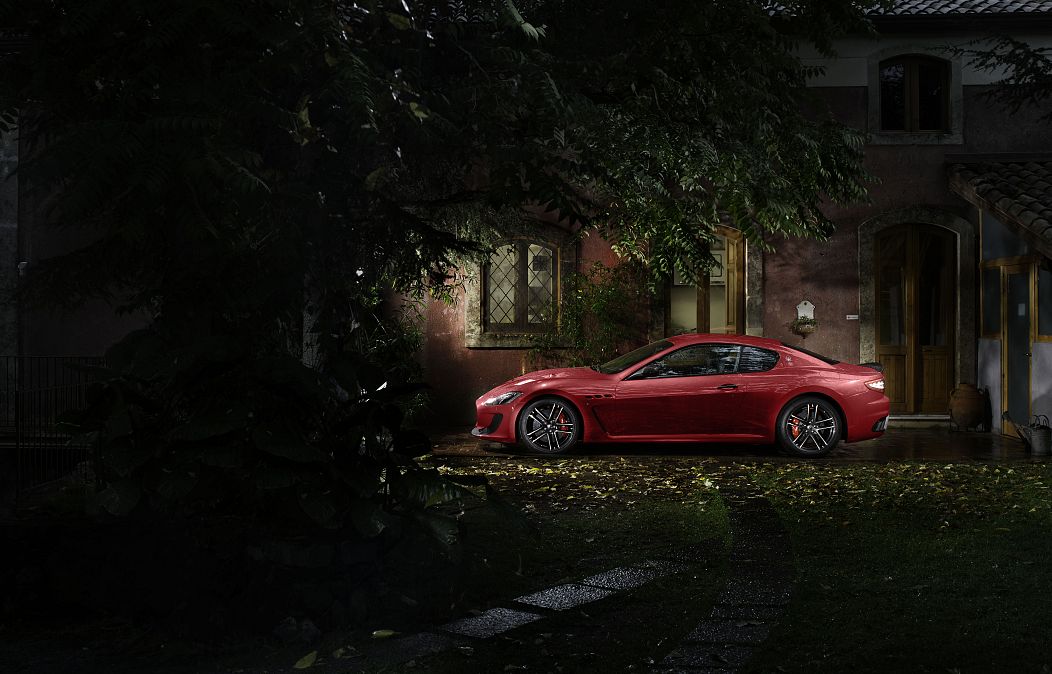Celebrating 110 years of Maserati's iconic designs
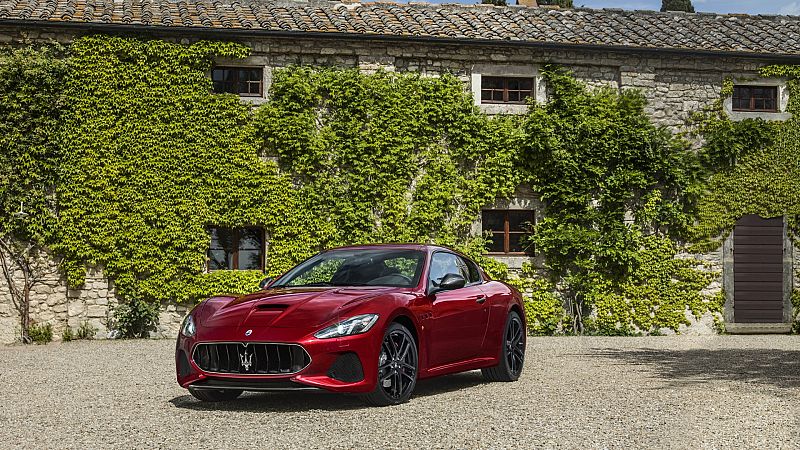
On 1 December 1914, an Italian luxury car company was founded in Bologna, Italy, by a group of brothers led by Alfieri Maserati. At first, the goal was to create racing cars, originally designing for another company, Diatto.
When Diatto stopped producing race cars, the Maserati company went solo and started producing its own branded vehicles in 1926 with the now-iconic trident insignia, designed by Mario Maserati, one of the only brothers not otherwise involved in the business.
The first car to be created solely by Maserati was the Tipo 26, which won the 1926 Targa Florio, its first ever race driven by Alfieri himself.
After Alfieri died in 1932, the remaining Maserati brothers sold the company to the Adolfo Orsi family in 1937, who relocated the business to Modena, where it remains to this day.
Maserati continued to be a successful racing team with star drivers Juan Manuel Fangio and Stirling Moss. Fangio even won the 1957 Formula One world championship driving the 250F.
But Maserati's racing pedigree came to a halt after the Guidizzolo tragedy when 11 people died after Alfonso de Portago crashed his Ferrari 335 S during the 1957 Mille Miglia.
Deciding to pull out of motorsports, Maserati focused on road cars that celebrated their racing pedigree.
The 1947 Maserati A6 1500 was the first production car released by the company. The A6 series was named after Alfieri and the car's straight-six engine, with the 1500 following on from the design principles of the company's racing cars, the A6 Sport and the A6GCS.
It was designed by Battista 'Pinin' Farina, who won the Grand Prix d’Elegance for his A6 design.
After the success of the A6 series, Maserati wanted to establish itself on the grand tourer market with a range of cars bearing the title GranTurismo. Just as Maserati achieved international success in Formula One and also pulled out of racing following the Mille Miglia tragedy, the 3500 GT was released.
Nicknamed "The White Lady", many still consider the 3500 GT to be the most beautiful Maserati ever created.
With the success of the 3500, the GT range was firmly established as Maserati's flagship product. The follow-up car, the 5000 was meant to be an even more exclusive version.
Engineer Giulio Alfieri redesigned his previous car for a select few specific buyers, starting with the Shah of Persia. In total, only 34 versions of the 5000 GT were produced.
Popular in Europe, Maserati now wanted to conquer the American market. They went back to the drawing board to create a grand tourer that the US would fall in love with. The result was the Sebring, named after the team's 1957 victory at the 12 Hours of Sebring race.
The final car Maserati produced to feature the company's legendary straight-six engine that was in the 250F Fangio won the world title in was the Mistral. It was also the first Maserati in a series to be named after a type of wind, the Mistral wind that blows from France into the Mediterranean.
Following up the Mistral, Maserati named a car after the Libyan desert wind, the Ghibli. Known by its iconic low shark-shaped nose, the Ghibli turned up the volume on Maserati's approach to speedy design.
First released in 1971, Maserati changed their game up with the Bora. At the time, they were known for fast, beautiful cars that weren't necessarily at the forefront of technology. By creating their first mid-engine car with the Bora, now Maseratis weren't just gorgeous rapid vehicles, they were cutting edge.
Another wind-name car, this time after the hot Egyptian gust, the Khamsin, this car was a popular offering from Maserati produced into the 80s.
Named in honour of the company's legendary 3500 GT, Maserati brought back the GT range with the 3200. After some turbulent years, Maserati was back and a new era of desirable sports cars had begun.
In the years since the GT's revival, Maserati have mastered the craft and turned it into their flagship vehicle. In 2014, the company's centenary, they sold more cars in the US than ever before. Still, the company has always adhered to a strict limit. They'd never produce more than 70,000 cars a year to maintain their exclusive luxury status.
In 2022, the company announced its latest innovation with a line of all-electric vehicles. The Maserati GranTurismo is the first to be released wearing the electric Folgore trim.


